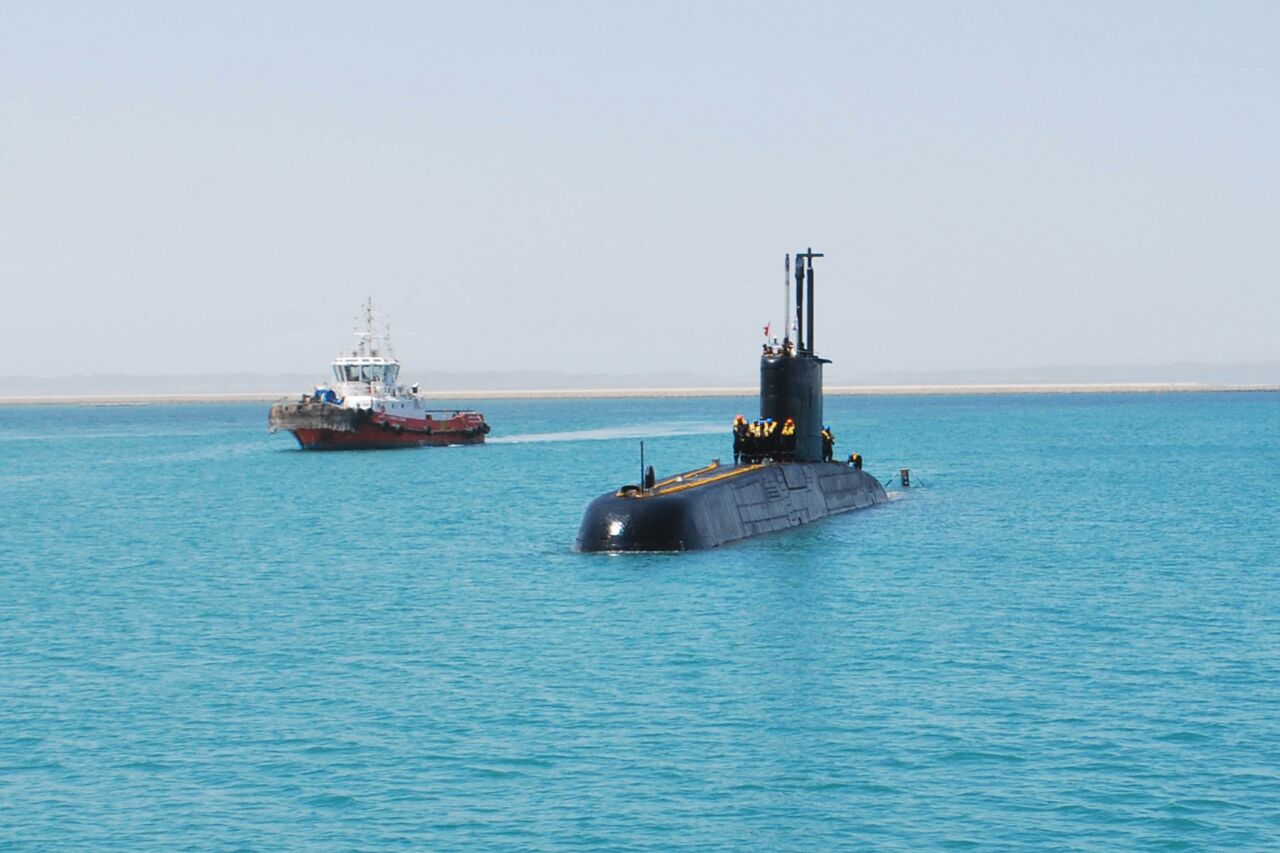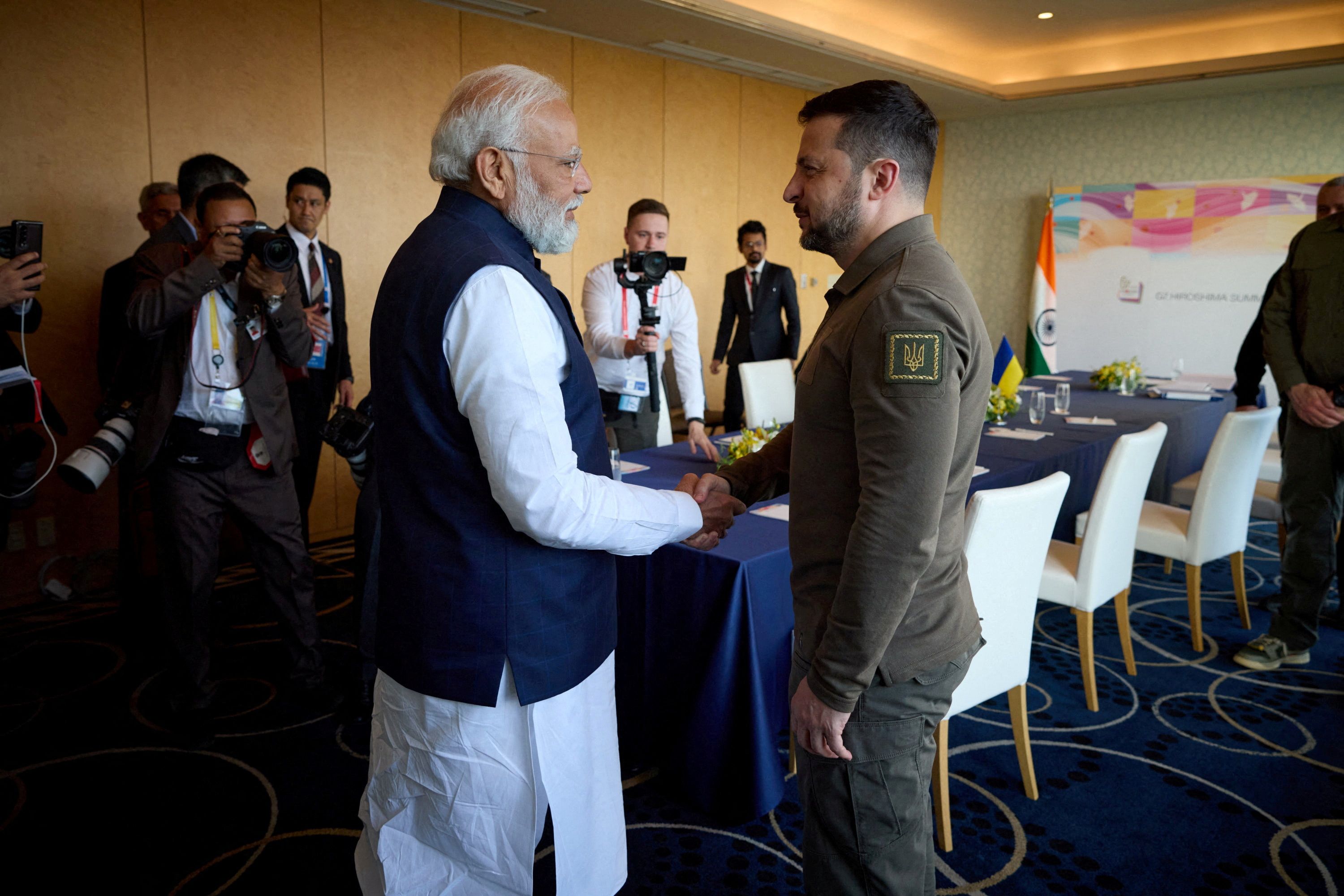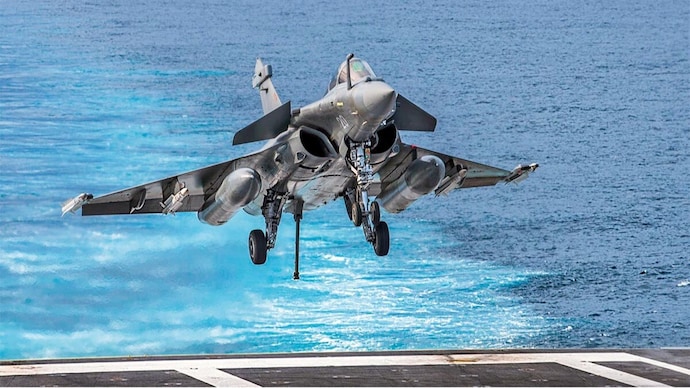SOURCE: AFI

Indian defense contractor SSS Defence is making a significant stride towards enhancing mission effectiveness for domestic security forces. The company has announced the development of a comprehensive weapon system lineup incorporating indigenously-made suppressors.
SSS Defence recognizes the importance of specialized training and unwavering focus on quality when employing close-quarter combat (CQB) weapons. Their commitment to domestic manufacturing extends beyond the firearms themselves, encompassing the suppressors that play a vital role in covert operations.
Continue readingSOURCE: AFI

Prominent defence journalist Anantha Krishnan M has reported a concerning development for the Light Combat Aircraft (LCA) Tejas program. According to Krishnan, Shri Sanjay Sharma, a crucial member working with the Integrated Flight Control System (IFCS) testing facility (Iron Bird) at the Aeronautical Development Establishment (ARDC), has resigned.
The IFCS is a vital system for any modern fighter aircraft, controlling its flight dynamics and stability. The Iron Bird facility simulates flight conditions for ground testing of the IFCS, playing a critical role in the Tejas program’s development.
Continue readingSOURCE: AFI

In 1981, a promising chapter in Indian naval history began with an agreement to acquire two Type 209 submarines from the German firm HDW. This deal, however, took a sharp turn for the worse, leaving behind a legacy of missed opportunities and impacting India’s submarine ambitions.
The plan wasn’t just about acquiring submarines; it was about acquiring knowledge. The agreement envisioned Mazagon Dock Limited (MDL) constructing two additional submarines, leveraging a transfer of technology (ToT) from HDW. This aimed to establish an indigenous submarine production line, a significant step towards self-reliance.
Continue readingSOURCE: IDRW.ORG

Hindustan Aeronautics Limited (HAL) recently received a Request for Proposal (RFP) for the supply of 156 LCH Prachand attack helicopters, with 90 units earmarked for the Indian Army and 66 for the Indian Air Force (IAF). However, this might just be the beginning for the Prachand’s journey with the IAF.
The IAF is reportedly reconsidering its plans to procure additional heavy-lift Apache attack helicopters. This opens the door for a potential expansion of the Prachand order. The IAF is impressed with the Prachand’s capabilities and might opt for more indigenous helicopters to fulfill its needs.
Continue readingSOURCE: IDRW.ORG

The Defence Research and Development Organisation (DRDO) is seeking an innovative Indian startup to develop a next-generation underwater vehicle under its Technology Development Fund (TDF) scheme. This groundbreaking project aims to create an Underwater Launched Autonomous Underwater Vehicle (ULAUV) capable of enhancing India’s underwater military capabilities.
The ULAUV is designed to be deployed from underwater platforms, significantly extending their reach and capabilities. Imagine a submarine discreetly launching a drone to gather intelligence, conduct surveillance, or even carry out reconnaissance missions. This ULAUV will be a game-changer for underwater ISR (Intelligence, Surveillance, and Reconnaissance) operations.
Continue readingSOURCE: AFI

Indian aerospace company Dg Propulsion Private Limited (DPPL) has achieved a significant milestone with their selection as an iDEX winner. The announcement, confirmed by DPPL director Prateek Dhawan, reinforces the company’s vision and commitment to advancing indigenous turbojet engine technology in India.
DPPL’s focus centers on the development of high-speed Unmanned Aerial Vehicles (UAVs). Their innovation comes in the form of the DG J40 jet engine, boasting an impressive thrust capacity of up to 40 kgf. This achievement signifies a crucial step towards self-sufficiency in the critical defense and civilian sectors, potentially reducing reliance on foreign engine imports.
Continue readingSOURCE: AFI

Armenian forces participating in the Eagle Partner Military Drill 2024 are equipped with cutting-edge thermal imaging technology from Tonbo Imaging, a leading Indian defense contractor. The drill, focused on enhancing regional cooperation and military preparedness, sees Armenian soldiers wielding the Tonbo Spartan-S, a next-generation Clip-On Thermal Weapon Sight (CLIPON).
The Spartan-S is designed to be both feature-rich and easy to use. Weighing in at under 300 grams, it offers a comfortable all-in-one handheld unit. This multi-mission uncooled thermal imaging sight seamlessly integrates with small and medium caliber weapons as a true Clip-On sight. Additionally, it can function as a standalone sight, handheld viewer, or even a helmet-mounted system, providing versatility for various tactical scenarios.
Continue readingSOURCE: AFI

In a significant milestone for the Indian space technology sector, Dhruva Space has received authorisation from the Indian National Space Promotion and Authorisation Centre (IN-SPACe) to offer Ground Station as a Service (GSaaS). This authorisation marks a pivotal development, empowering Dhruva Space to provide critical ground support for satellite communication and control.
The GSaaS capability offered by Dhruva Space ensures reliable data transmission, enhances mission flexibility, and reduces operational costs for satellite operators. This development is poised to revolutionise the satellite communication landscape by enabling real-time interaction with satellites, which is crucial for a wide array of applications, from weather forecasting to disaster management.
Continue readingSOURCE: AFI

The Indian Navy’s tactical think-tank, the Indian Naval Tactical Evaluation Group (INTEG), has signed a Memorandum of Understanding (MoU) with the Indian Institute of Technology Bombay (IIT Bombay). This collaboration leverages the expertise of IIT Bombay’s academic minds to enhance the Indian Navy’s warfighting capabilities.
Functioning under the Flag Officer Doctrines and Concepts, INTEG serves as the Indian Navy’s intellectual engine room. The group is tasked with devising and evolving tactical procedures and warfighting doctrines to ensure the Navy’s preparedness for modern maritime challenges.
Continue readingSOURCE: AFI

India has officially raised concerns with Kyiv regarding the recent remarks made by Ukrainian President Volodymyr Zelensky during Prime Minister Narendra Modi’s visit to Russia. On July 9, President Zelensky criticized PM Modi’s meeting with Russian President Vladimir Putin at his dacha, describing it as a “devastating blow to peace efforts.”
President Zelensky’s statement highlighted his disappointment, stating, “It is disheartening to see the leader of the world’s largest democracy embrace the world’s most notorious criminal in Moscow.” His comments were made in the context of the recent hospital attack in Ukraine, which tragically resulted in the deaths of several children.
Continue readingSOURCE: RAUNAK KUNDE / NEWS BEAT / IDRW.ORG

recent report in “The Print” indicates that India and France have reached a critical milestone in negotiations for the procurement of 26 Rafale M fighter jets for the Indian Navy. The agreement pertains to the base price of the aircraft, which will be tailored to meet the Navy’s specific operational needs.
These Rafale M fighters will incorporate several enhancements requested by the Navy to ensure seamless operation from both indigenous and Russian-origin aircraft carriers. These modifications will build upon the improvements already implemented for the Indian Air Force’s (IAF) Rafale jets.
Continue readingSOURCE: RAUNAK KUNDE / NEWS BEAT / IDRW.ORG

The Aeronautical Development Establishment (ADE), a premier laboratory of India’s Defence R&D Organisation (DRDO), is seeking Indian industry partners for the design and development of a critical technology: a Sense and Avoid System for Medium/High Altitude Long Endurance UAVs (Unmanned Aerial Vehicles).
A pre-EoI submission meeting will be held at ADE to discuss the project in detail, including proposed workshare plans across various domains. This meeting is mandatory for all interested partners. Attending companies must sign a Non-Disclosure Agreement (NDA) with ADE before the meeting. Authorized signatories with company seals are required to be present.
Continue readingSOURCE: RAUNAK KUNDE / NEWS BEAT / IDRW.ORG

The Indian Air Force (IAF) is actively pursuing the development and procurement of unmanned Loyal Wingmen and Strike platforms to bolster its offensive capabilities. However, a senior official recently clarified to idrw.org that these unmanned systems are not intended to replace traditional manned fighter jets.
The IAF currently operates 33 squadrons, a figure already below its sanctioned strength of 42 due to the retirement of ageing aircraft. This number is expected to drop further to 30 squadrons in the coming years as more planes reach the end of their service life.
Continue readingSOURCE: AFI
The world of aerial combat is on the cusp of a revolution. While established powers like China, the US, Europe, and Japan are setting their sights on 6th generation fighter prototypes by 2035, India finds itself struggling to even field its 5th generation AMCA jets by the same timeframe.
India’s current situation is concerning. Having fallen behind in the 5th generation race by about two years, experts fear a potential 25-year gap between India’s AMCA and the next-gen fighters being developed by its rivals. This disparity is particularly worrisome considering India’s tense border situation with China, a nation already boasting over 500 5th generation jets and aiming for a staggering 1,000 more in the coming years.
Continue readingSOURCE: AFI

In a rapidly evolving global military landscape, leading powers are making significant strides in developing long-range missiles designed to neutralize high-value aerial targets. Russia, China, and the United States are at the forefront of this effort, with each nation showcasing advancements that reflect a growing emphasis on extended reach and enhanced aerial engagement capabilities.
Russia has been a pioneer in deploying advanced surface-to-air missile systems such as the S-400 and S-500. These systems are renowned for their impressive range, capable of engaging targets at distances spanning several hundred kilometers. Complementing these ground-based systems, the Russian Air Force employs the R-37 air-to-air missile, which can reach targets up to 300-400 km away. The extended range of the R-37 allows it to engage force multipliers without exposing the launching aircraft to potential escorts or defensive measures, thereby enhancing the effectiveness of Russia’s aerial defense strategy.
Continue reading